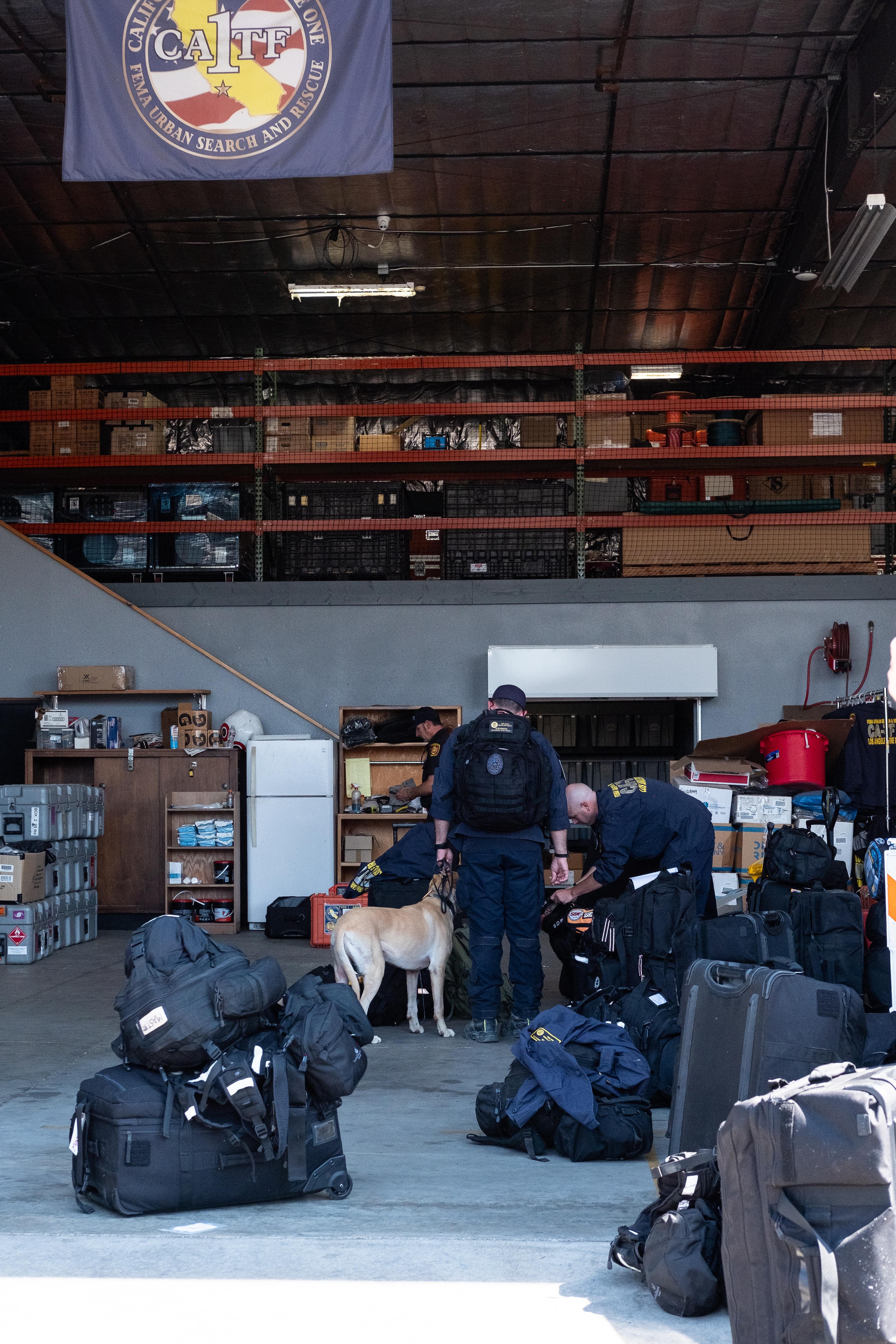In our homes, we create spaces of comfort and love, not just for ourselves, but for our furry companions as well. Yet, hidden within the nooks and crannies of these safe havens are everyday household chemicals that can pose significant risks to our dogs. As pet owners, our primary goal is to ensure the well-being of our four-legged family members. This guide is designed to help you navigate the potential hazards lurking in your home, offering practical tips and thoughtful advice on how to keep your beloved dog safe. With a little knowledge and some proactive steps, you can create a secure environment where your pet can thrive without worry. Join us as we explore the best practices for safeguarding your canine companion from the unseen dangers of household chemicals.
Understanding Common Household Chemicals and Their Risks
As a loving dog owner, it’s essential to be aware of the potential hazards lurking in common household chemicals. Many everyday products contain substances that could be harmful or even toxic to your furry friend. Cleaning agents, for instance, often contain bleach, ammonia, or phenols, which can be dangerous if ingested or inhaled. Pesticides and fertilizers used in gardens can also pose a risk if your dog comes into contact with treated areas. To minimize exposure, ensure all cleaning products and chemicals are stored securely out of reach, preferably in locked cabinets or high shelves.
- Antifreeze: This sweet-tasting liquid is highly toxic. Clean up any spills immediately and store containers securely.
- Air Fresheners: Some may contain harmful chemicals. Consider using natural alternatives like essential oils.
- Laundry Detergents: Keep these in a closed cupboard, as ingestion can cause stomach upset or more severe health issues.
- Paints and Solvents: Ensure proper ventilation during use and keep pets away until the area is safe.
By understanding the risks associated with these substances and taking proactive steps to safeguard your home, you can help ensure a safe and healthy environment for your beloved pet.

Creating a Pet-Safe Environment with Simple Changes
Transforming your home into a haven for your furry friend doesn’t require a major overhaul—just a few mindful adjustments can make a world of difference. Start by identifying common household chemicals that could pose a risk. Store cleaning supplies, pesticides, and automotive products securely out of reach. Consider using child-proof locks on cabinets or placing items on high shelves. Opt for pet-friendly alternatives when possible, such as natural cleaners made from vinegar or baking soda, which are just as effective but much safer for curious noses.
- Keep trash bins covered to prevent your dog from accessing discarded chemicals or hazardous materials.
- Be cautious with air fresheners and candles, as some can contain ingredients harmful to pets. Choose products specifically labeled as pet-safe.
- Check your yard for toxic plants and remove any that could be harmful if ingested.
Additionally, ensure that medications and personal care products are stored securely. Avoid leaving them on countertops or in open bags where your dog might investigate. By incorporating these simple yet effective changes, you can significantly reduce potential hazards and create a nurturing space for your canine companion.

Safe Storage Solutions to Prevent Accidental Exposure
Ensuring that your beloved canine companion remains safe from the potential hazards of household chemicals involves thoughtful storage practices. Start by designating a specific area in your home where all cleaning agents, pesticides, and other potentially harmful substances are kept. Consider using child-proof locks on cabinets and doors to prevent curious paws from gaining access. High shelves or locked cabinets are ideal for storing these items out of reach.
- Opt for airtight containers to store chemicals, reducing the risk of leaks and spills.
- Use clearly labeled containers to avoid any mix-ups that could lead to accidental exposure.
- Consider installing a pet gate to restrict your dog’s access to rooms where chemicals are frequently used or stored.
For added safety, ensure that all cleaning sessions are followed by a thorough check to confirm that no residues are left behind on floors or surfaces. By creating a secure environment and practicing diligent storage habits, you can protect your dog from accidental exposure to harmful substances.
Recognizing Symptoms of Chemical Exposure in Dogs
When it comes to keeping our furry friends safe, recognizing the signs of chemical exposure can be crucial. Dogs, with their curious nature and sensitive noses, are particularly vulnerable to household chemicals. Common symptoms to watch out for include:
- Excessive drooling or foaming at the mouth
- Vomiting or diarrhea
- Red or swollen eyes
- Lethargy or weakness
- Difficulty breathing
- Seizures or tremors
If your dog exhibits any of these symptoms, it’s important to act quickly. Immediate actions can include:
- Removing your dog from the source of exposure
- Rinsing any affected areas with water, especially the skin and eyes
- Contacting your veterinarian or an emergency pet poison hotline
Being aware and responsive can make all the difference in ensuring your dog’s well-being in the event of accidental chemical exposure.

